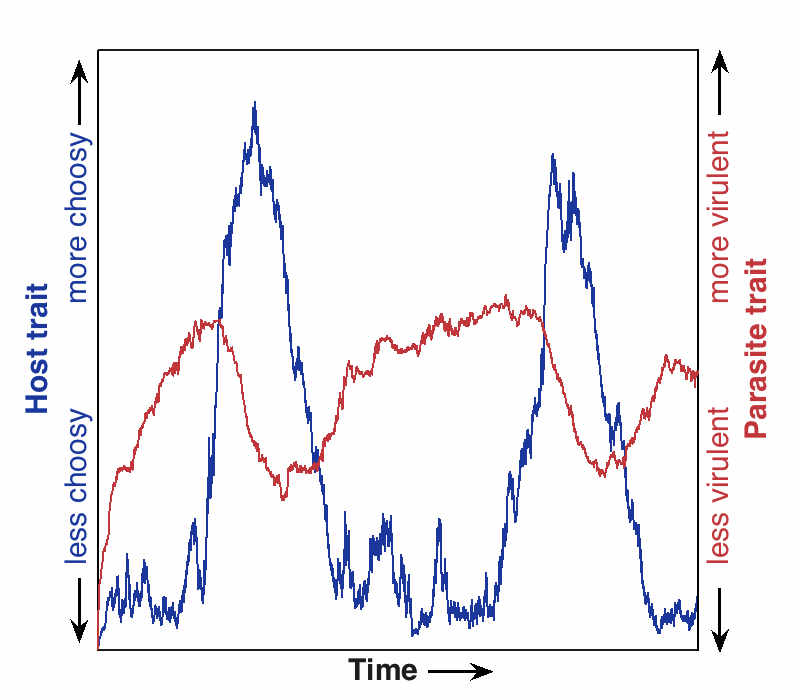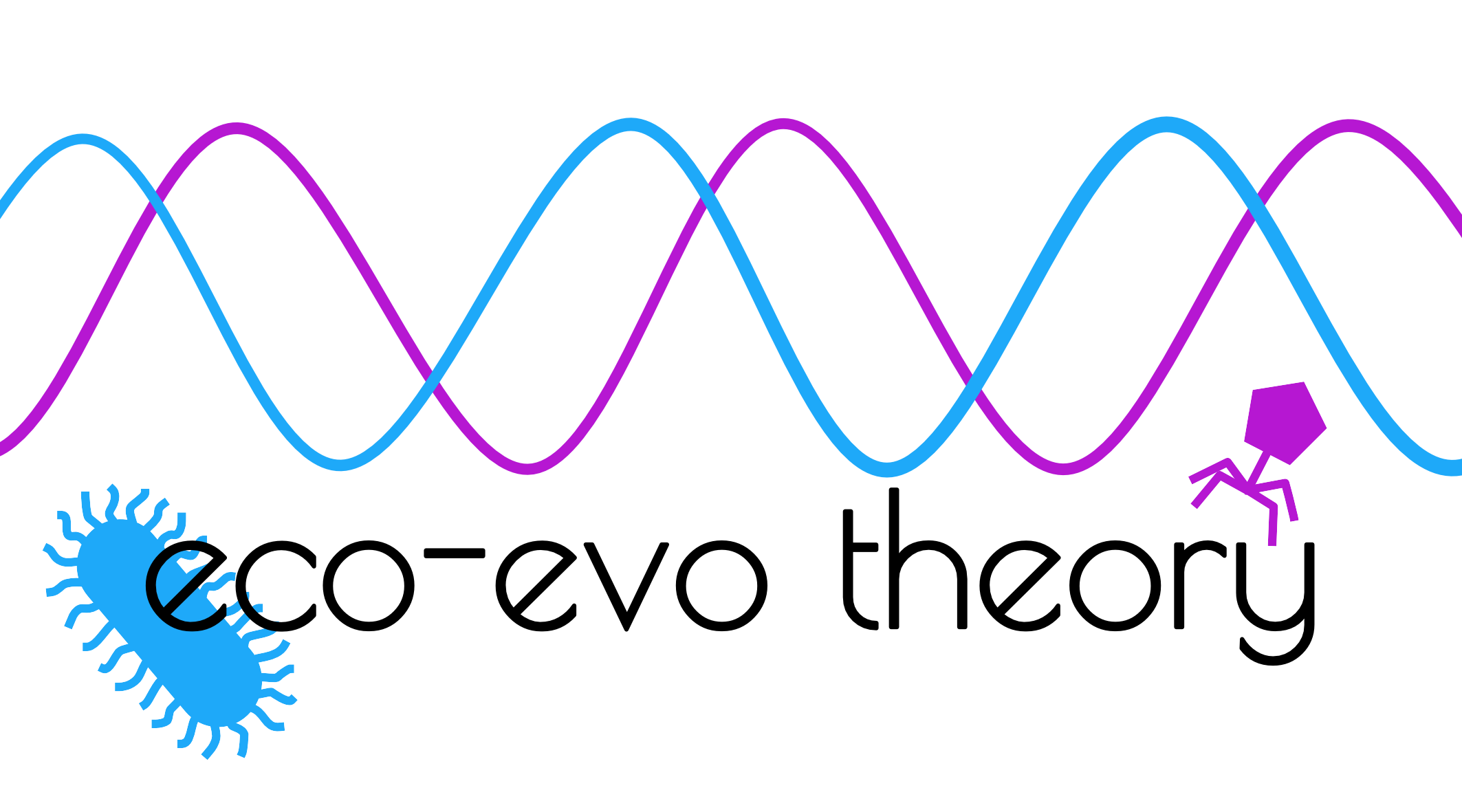I recently wrote the following guest blog for iScience about my recent paper in PNAS on the co-evolution of host mating strategies and parasite virulence:
“Why do some species reproduce sexually, whereas others reproduce asexually? Why do males in some species have elaborate ornaments (e.g. peafowl) or engage in bizarre courtship rituals to attract potential mates? Why are some species monogamous, whereas others have highly skewed or promiscuous mating patterns?
One possible answer to all these questions is that they are evolutionary responses to cope with parasites. I’ve previously looked at how parasites affect selection for sex (Ashby & Gupta 2014, Evolution; Ashby & King 2015, J Evol Biol) and how highly skewed mating systems affect the transmission and evolution of sexually transmitted infections (STIs) (Ashby & Gupta 2013, Philos Trans R Soc B). My recent paper in PNAS looks at not only how STIs evolve in response to host mating behaviour, but also how STIs simultaneously shape the evolution of host mating behaviour (see accompanying commentary).

Could parasites explain elaborate male ornaments, such as the peacock’s tail?
It is well understood that parasitism may help to explain the evolution of mating strategies, but host behaviour is, in turn, critical to the transmission and therefore the evolution of parasites. Despite this clear reciprocity, we lack a “co-evolutionary” theory of mate choice and parasite virulence. Using a mathematical model of STIs and mating strategies, this paper shows that co-evolution leads to a wide range of previously unseen dynamics, including cycling between more and less virulent STIs (simulation below) and choosy and non-choosy hosts, as well as stable levels of both traits at intermediate levels.

Crucially, this resolves a key criticism of the role of parasites in mate choice: that parasites will evolve to be less virulent, thus reducing their impact on mating strategies. The co-evolutionary approach also leads to new predictions for the role of several host and parasite traits on selection for mate choice that will guide future experimental and comparative work. For example, cycling is more likely to occur when hosts have intermediate life spans, and both relatively long and short host life spans are predicted to select against the choosiness of hosts for their mates.
Simply put, the main message of this paper is clear: parasites can play a key role in shaping the evolution of host mating strategies, but that their role must be viewed in the context of co-evolution with their hosts.”
